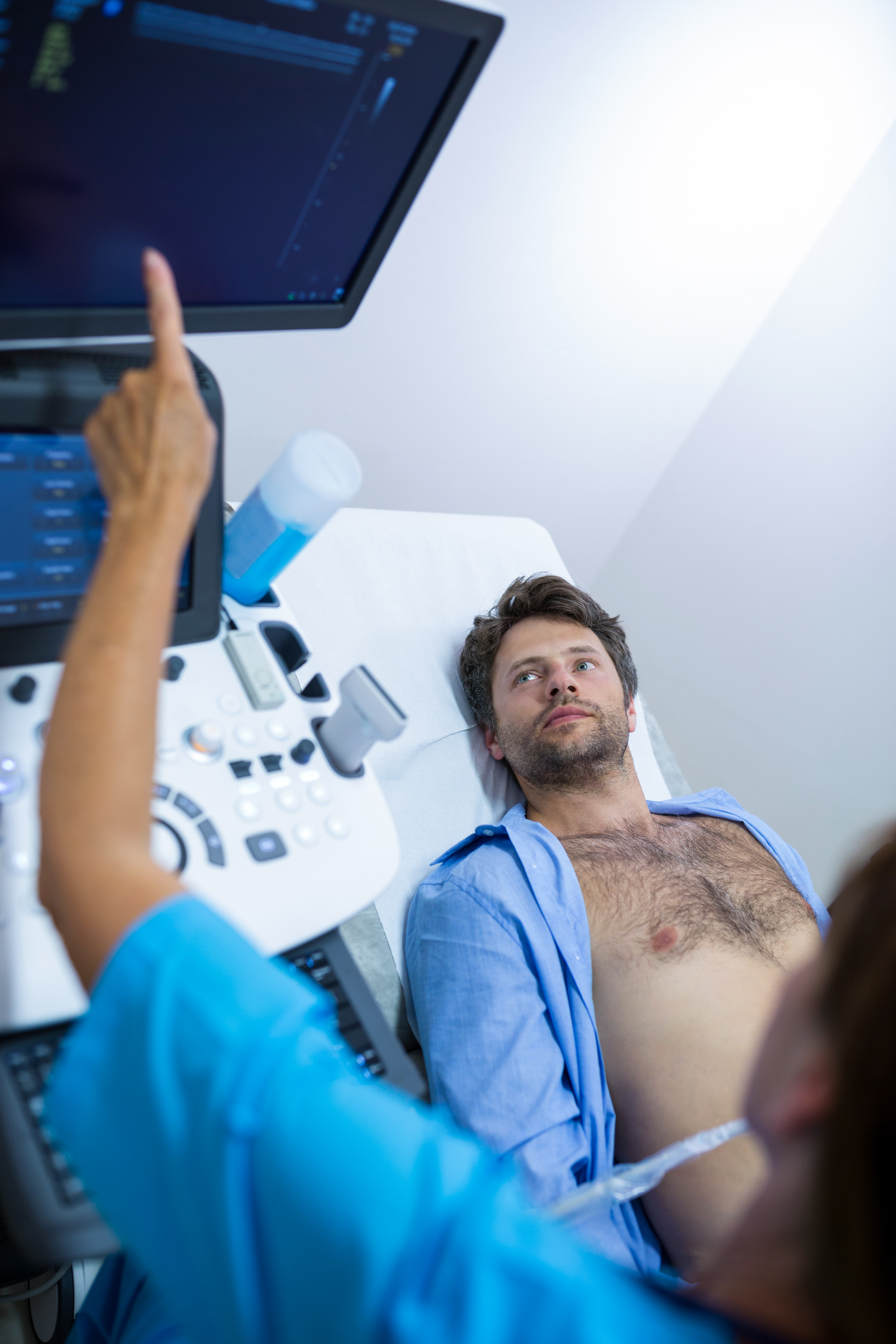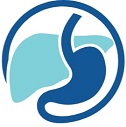Call now
+91 99686 35204
Opening Hours
Monday to Saturday
09:00 am – 10.00 pm
Sunday
09:00 am – 5.00 pm
ERCP
Endoscopic retrograde cholangiopancreatography (ERCP) is a medical procedure used to diagnose and treat problems in the liver, gallbladder, bile ducts, and pancreas. It combines the use of an endoscope (a flexible tube with a light and camera) and x-rays to produce detailed images of these organs.
Why is ERCP Performed?
ERCP may be recommended for a variety of reasons, including:
- Unexplained Abdominal Pain: If you are experiencing unexplained abdominal pain or discomfort, ERCP may be recommended to identify the underlying cause.
- Bile Duct Stones: If you have gallstones that have moved into your bile ducts, ERCP can be used to remove them.
- Bile Duct Narrowing: If you have a narrowing of your bile ducts, ERCP can be used to widen the duct and improve the flow of bile.
- Pancreatic Duct Problems: If you have problems with the duct that carries pancreatic juices to the small intestine, ERCP can be used to examine and treat the problem.
- Tumors or Growths: ERCP can be used to take biopsies (samples of tissue) of tumors or growths in the liver, gallbladder, or pancreas.
How is ERCP Performed?
ERCP is typically performed on an outpatient basis, meaning you will not need to stay in the hospital overnight. The procedure usually takes between 30 minutes to an hour, but may take longer if it is being used to treat a problem.
During the procedure, you will be given a sedative to help you relax and reduce any discomfort. An endoscope will be passed through your mouth, down your esophagus, and into your stomach and duodenum (the first part of your small intestine).
Once the endoscope is in place, a small tube (cannula) will be passed through it and into your bile ducts or pancreatic duct. A dye will then be injected through the tube and x-rays will be taken to produce detailed images of the area.
If a problem is identified, the doctor may use special tools to treat the problem during the same procedure. For example, if bile duct stones are found, they can be removed using a small basket or balloon catheter. If a narrowing of the bile duct is found, a stent (a small tube) may be inserted to widen the duct.
What are the Risks of ERCP?
ERCP is generally a safe procedure, but like any medical procedure, there are some risks. These may include:
- Pancreatitis: In rare cases, ERCP can cause inflammation of the pancreas (pancreatitis), which can be serious.
- Infection: There is a small risk of infection with any medical procedure, including ERCP.
- Bleeding: In rare cases, ERCP can cause bleeding in the bile duct or pancreas.
- Perforation: In rare cases, the endoscope can puncture the wall of the stomach, duodenum, bile duct, or pancreas, which can cause infection or other complications.
- Reaction to Sedatives: Some people may have an allergic reaction to the sedatives used during the procedure.
Our doctor will discuss the risks and benefits of the procedure with you before it is performed.
What Happens After ERCP?
After the procedure, you will be monitored for a short period of time to ensure that you have recovered from the sedative. You may feel drowsy for a few hours after the procedure, so it is important to arrange for someone to drive you home.


